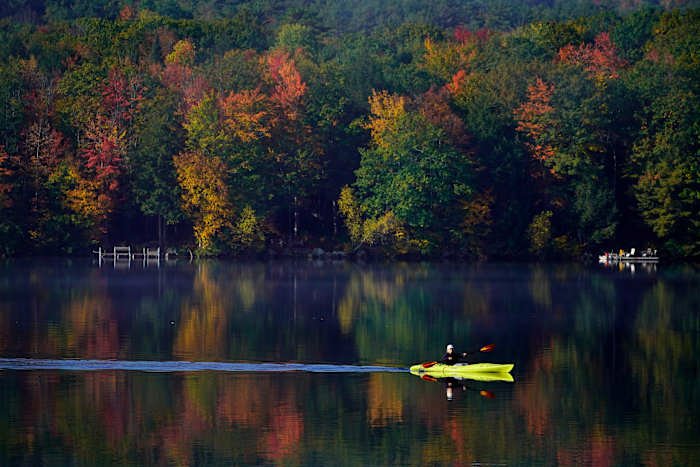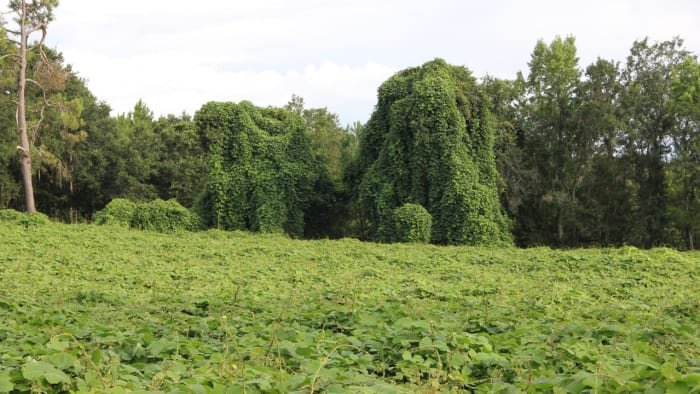Orlando, FL – Corn on the cob is a summertime staple for many Floridians, making its way onto grills, into salsas, and serving as a must-have at local farmers markets. But have you ever wondered what it takes to grow that perfect ear of corn? The answer is: the right weather, at just the right time. Unfortunately, as climate change continues to alter weather patterns across the country—including here in Central Florida—farmers and consumers alike are facing new uncertainties. Let’s dig into how climate change is making corn farming a gamble, why it matters to Orlando, and what we can expect for our future meals.
The Delicate Dance of Growing Corn
Growing corn is more complicated than just planting seeds and waiting for them to sprout. Corn thrives in a “Goldilocks” zone—not too hot, not too cold, not too dry, and not too wet. The plant needs steady warmth, moderate rainfall, and a consistent growing season. Sudden temperature spikes, unseasonal downpours, or even short dry spells can stress the plants, reduce yields, or damage the kernels.
With Florida’s subtropical climate, Orlando-area farmers often have to work around unpredictable weather. While Florida isn’t a top corn-producing state like Iowa or Illinois, sweet corn is still a valuable crop for local agriculture and a favorite at roadside stands and farmers markets. The challenge now is that recent years have brought more swings in weather—unusual heat waves, heavy rains, and even droughts—that can devastate a corn crop before it ever reaches your dinner table.
How Climate Change Is Raising the Stakes for Farmers
Across the U.S., climate change is fueling conditions that have made it “nail-biting” for farmers to watch their crops grow. In states like Nebraska, Oklahoma, and the Midwest corn belt, droughts have become more severe and frequent, while storms are growing stronger and less predictable. These patterns are not just isolated to the heartland; they’re impacting Florida as well.
For Central Florida and Orlando’s local growers, the risks include:
- Unpredictable Rainfall: Extended dry periods followed by heavy storms can wash away soil and seeds, and make it hard for young corn plants to establish roots.
- Rising Temperatures: Heat stress during critical growth stages—like when corn is pollinating—can reduce kernel development and overall yields.
- Increased Pests and Diseases: Warmer, wetter conditions can lead to new pest invasions and plant diseases, further imperiling crops.
Orlando gardeners and community farms are feeling these effects, too. Even backyard growers are noticing that their corn doesn’t grow quite like it used to, with some reporting smaller ears or uneven ripening due to odd weather swings.
Implications for Orlando’s Food Scene and Economy
Why should Orlando residents care about what happens to corn fields hundreds of miles away? For starters, much of the sweet corn found in local grocery stores and restaurants is grown out of state and shipped in. If those areas experience poor harvests, prices go up and supply goes down. You might notice fewer ears of fresh corn at your favorite produce stand or higher prices at the supermarket.
For Orlando’s local farms, climate volatility can mean lost income and fewer opportunities to supply corn to local restaurants, food trucks, and events. The ripple effects can hit local jobs, agritourism, and the overall economy. Plus, corn is a foundational crop: it’s used in animal feed, processed foods, and even renewable fuels, so disruptions can impact a wide range of industries.
Orlando’s thriving food scene, which counts on fresh, local ingredients, could see changes in availability and menu choices as farmers adapt to new normal growing conditions. Community-supported agriculture (CSA) boxes and farmers markets may have to offer different crops, or source corn from farther away, increasing both costs and carbon footprint.
What’s Being Done—and What Can Orlando Residents Do?
Farmers aren’t just waiting and hoping for better weather—they’re getting creative. Some are planting drought-resistant corn varieties, using smarter irrigation techniques, or rotating crops to keep soil healthy. Agricultural researchers in Florida are working on new strains of corn that can better withstand heat and unpredictable rainfall. Still, these solutions take time to develop and implement.
What can Orlando residents do? Here are a few ideas:
- Support Local Farmers: Buy from Orlando-area farmers markets and CSAs, helping growers invest in resilient practices.
- Reduce Your Carbon Footprint: Use public transit, conserve energy, and recycle to help slow climate change’s march.
- Stay Informed: Follow local agriculture updates and weather alerts to understand the challenges facing our region.
- Try Other Crops: Experiment with Florida-friendly produce like okra, beans, or squash when corn is in short supply.
By staying connected to local food systems and supporting sustainable practices, Orlando can help buffer its food supply against the wild cards of climate change.
Conclusion: Weathering the Storm Together
The next time you bite into a sweet, juicy ear of corn at a summer barbecue in Orlando, remember that there’s a















